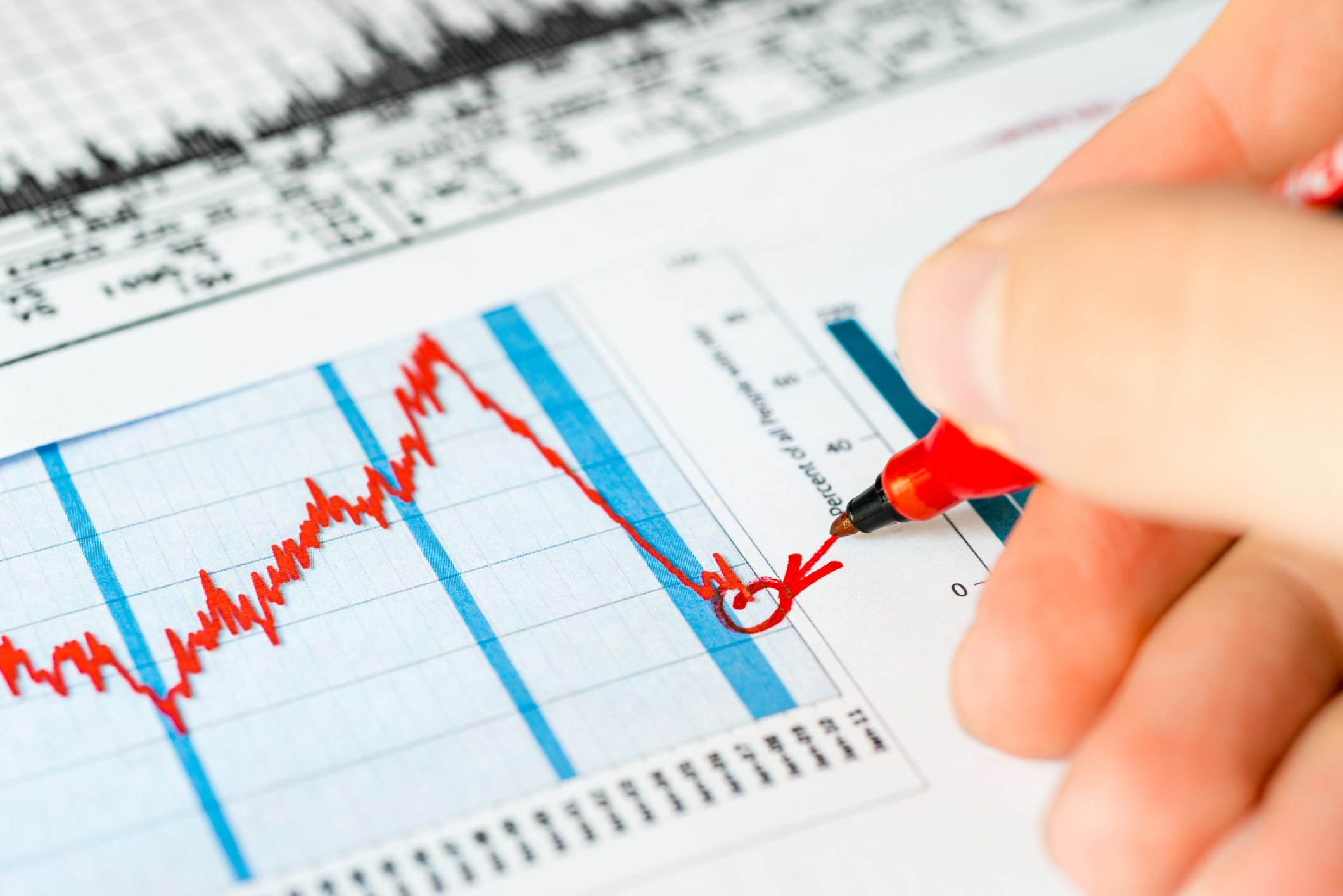Cloud-based workplace messaging company Slack Technologies has finally pulled back the curtain in one of the final steps before its public debut. The company has opted for the path less traveled, choosing the direct public offering (DPO) or direct listing option. Slack is the latest in a number of high-profile tech companies to go public in recent months, including ridesharing service Lyft, social media platform Pinterest, and video conferencing specialist Zoom Video Communications.
Let's take a look at some of the metrics revealed Friday in its regulatory filing with the Securities and Exchange Commission (SEC), why it chose the DPO over the more commonly used IPO, and what this means to potential investors.

Slack workplace business messaging app. Image source: Slack.
The basics
In its S-1, the paperwork filed with the SEC in order to go public, Slack announced plans to list its shares on the New York Stock Exchange using the ticker symbol SK.
Slack also revealed that its revenue is soaring. For its fiscal year that ended Jan. 31, Slack generated revenue of $400.6 million, up 82% year over year, after a 110% increase from the previous year. The company is not yet profitable, generating losses of $140.7 million, close to the $140.1 million loss in the prior fiscal year and $146.9 million loss in the previous year.
It's difficult to pin down a valuation for Slack, but the filing revealed that insiders selling shares in private transactions were paid as much as $23.41 last year. Recent reports suggest that early investors have been selling shares for as much as $28 in recent months -- nearly 20% higher than the highest price they fetched in 2018. This stock price would value the company as high as $16.7 billion.
In a practice that has become all too common in recent years, Slack will consolidate control of the company with two classes of common stock. Class A shares will carry one vote per share, while Class B shares -- those held by insiders -- will have 10 votes per share.
The company also provided a variety of user metrics that help illustrate the strength of Slack's business. Daily active users (DAUs) -- which the company defines as those who created or consumed content in a given 24-hour period -- exceeded 10 million last year. Slack is used by more than 600,000 organizations with three or more users. This includes 500,000 companies on the free subscription plan and more than 88,000 paying customers. Slack has users in more than 150 countries, and more than 50% of its DAUs are outside the U.S. More than 1 billion messages are sent per week using Slack, with about 90 minutes of active usage each workday.
It's all about the money
By utilizing a DPO, Slack is following the example set by music streaming bigwig Spotify, which used the direct listing process to go public in April 2018. Its shares ended their first trading day at $149.01. Shares currently trade around $138.50.
For most companies, the initial public offering (IPO) is a way to raise capital to fund current and future growth, but the process has its downsides. Investment banks provide underwriting services for the soon-to-be-public companies, drum up demand, and help the company decide on a price range for its shares. For that service, the banks charge millions to orchestrate an IPO and typically withhold shares to sell later.
The DPO generally isn't about raising capital. It provides insiders and early investors a way to sell their shares to the public rather than relying on private equity markets. Since no new shares are issued, the process prevents the dilution that typically occurs with an IPO. It also bypasses the traditional 90- to 180-day lockup period, allowing existing shareholders to benefit immediately from the offering.

Image source: Slack.
What message does this send investors?
Since Slack is foregoing the traditional IPO process, it doesn't have investment banks gauging the demand for shares or setting the price range for the stock. In its filing, Slack notes that the prices received in recent private transactions "may have little or no relation to the opening public price of our shares...or the subsequent trading price of our shares."
With mounting losses and a share price that may end up having no basis in reality, it might be best for investors to sit this one out -- unless, of course, they have a high tolerance for risk.





